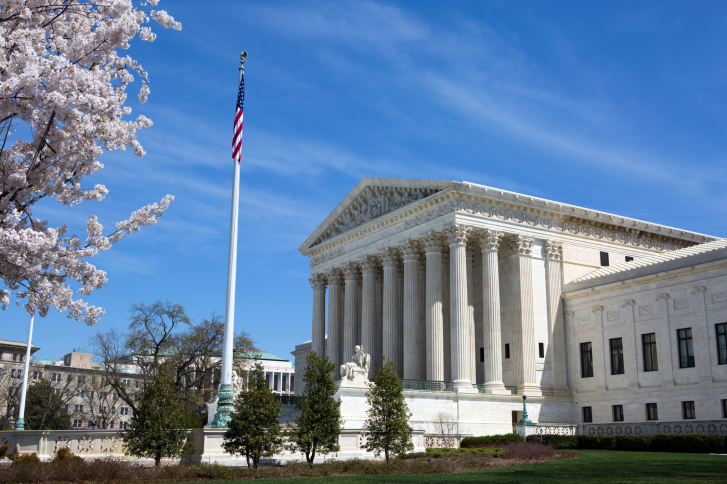Lehman Brothers and Merrill Lynch, two of the highest-profile failures in the ongoing financial system bailout crisis, share a mistake with their disgraced cousin-in-bankruptcy Enron. Each of the three invested a large amount of money in, and sought to profit from, schemes to force up energy prices through greenhouse gas restrictions.
Profiting at Consumers’ Expense
Enron heavily invested in natural gas, which is significantly more expensive than coal, but sought to turn a profit on the investment by supporting the Kyoto Protocol and proposed U.S. laws that would force coal power plants to buy carbon credits from natural gas power plants. The laws would drive up energy prices for everybody, but would have allowed Enron to profit from the general economic misfortune the laws would cause.
Lehman Brothers and Merrill Lynch strongly championed schemes similar to those previously supported by Enron, in which energy prices for U.S. consumers would be driven up by carbon dioxide restrictions, with the two giant financial investment companies then profiting from the sale of carbon dioxide credits.
Lehman Retains Gore, Hansen
In September 2007, Lehman Brothers hired a global head of carbon emissions to direct the course for the company to advocate and profit from higher energy costs.
“As carbon emissions trading becomes an increasingly important aspect of managing the challenge of climate change, the opportunities for participating in this market are set to grow exponentially,” predicted Henrik Warebhorn, Lehman’s managing director in Europe, in a Lehman Brothers media release at the time.
Lehman Brothers brought in prominent advocates of drastic carbon dioxide regulation, including Al Gore and NASA global warming alarmist James Hansen, to help draft the firm’s “Business of Climate Change” reports, in which it promised investors significant profits in speculative carbon dioxide trading schemes.
Pouring a tremendous amount of time and energy into those reports, Lehman hoped to dominate a future carbon dioxide emissions market.
Lehman Brothers filed for bankruptcy protection in September and immediately thereafter sought to be bailed out by the same U.S. taxpayers it was hoping to prey on through the carbon trading scheme.
Risky Merrill Lynch Investments
Similarly, Merrill Lynch had begun putting investors’ money into speculative carbon trading schemes shortly before falling into financial ruin.
For example, Merrill Lynch won widespread praise from environmental activists in April 2008 by paying $9 million to people in Indonesia in exchange for a pledge not to cut down certain rainforests. While the gesture may have been noble, it was an economic loser and would continue to be so until and unless Merrill Lynch could turn the rainforest pledge into cash in a government-regulated carbon trading scheme.
Merrill Lynch, after seeking bailout dollars from U.S. taxpayers, agreed to be bought out by Bank of America.
E. Jay Donovan ([email protected]) writes from Tampa, Florida.



